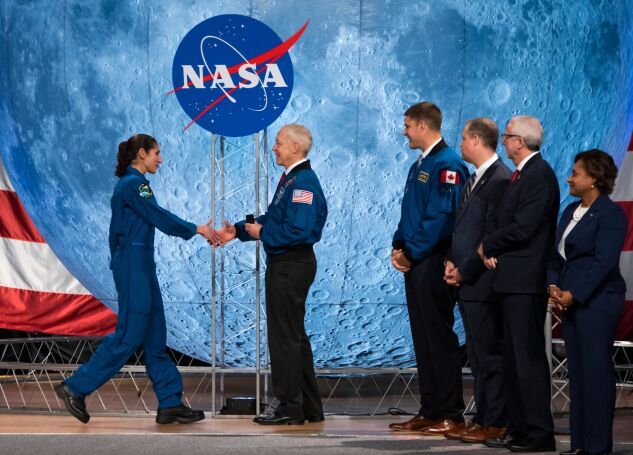(Bloomberg) — The Biden administration is boosting support for human spaceflight, aiming to put the first woman and person of color on the moon.
“The Apollo generation has passed the torch to the Artemis generation,” NASA Administrator Bill Nelson said at a briefing Monday. “Mars is calling us,” Nelson said, adding that the agency’s goal is to have humans walk on the planet by 2040.
President Joe Biden’s fiscal 2023 budget requests $26 billion for NASA, including a $1.1 billion increase for lunar exploration under the Artemis program.
The agency’s total funding would be an 11.6% increase from the fiscal 2021 enacted level, according to the administration. Agencies were operating under fiscal 2021 spending levels, with some adjustments, until passage of this month’s fiscal 2022 spending law.
The $7.5 billion request for the Artemis program, lunar exploration missions that could finally return astronauts to the moon as early as 2025, comes as privately funded civilian space missions by America’s ultra-wealthy are growing. The agency’s planned moon trips would also include astronauts from other nations.
NASA Delays Human Moon Landing by a Year to 2025 at the Earliest
In 2021, Elon Musk’s SpaceX took four passengers on a three-day orbital trip around Earth and on Tuesday, Jeff Bezos’s Blue Origin LLC plans to launch a six-member crew on a suborbital flight. Bezos also previously left Earth, in his company-funded New Shepard rocket ship last summer.
NASA to Seek a Second Moon Lander, Giving Bezos New Opening
In December, NASA signed a $415.6 million agreement with three U.S. companies—Blue Origin, Nanoracks LLC, and Northrop Grumman Systems Corp.—to develop designs of space stations and other commercial stations. The president’s budget request includes $224 million to develop commercial space stations after the retirement of the International Space Station in 2030.
The administration wants to set aside $972 million for NASA’s aeronautics research directorate, which includes a private-sector partnership to develop a model for the next-generation airliner.
The president’s budget also highlights the agency’s work on climate change mitigation and adaptation. It proposes $2.4 billion in Earth-observing satellites and nearly $500 million to decrease climate impacts of the aviation industry. NASA also plans to increase greenhouse gas monitoring systems and make that data more widely available.
The budget request also includes the expected end-of-decade launch of the Earth Observing System satellite to provide a three-dimensional view of our planet with more precision and accuracy for collecting climate change related data, according to Karen St. Germain, NASA’s director of the Earth Science Division, at the Monday address.
The division plans to involve private industry and international partners to foster innovation to help decisionmakers get quicker, more actionable information on climate change, said St. Germain.
Nelson also reemphasized the agency’s pledge to increase equity and diversity during the address.
“Let’s recognize and bring down the barriers both visible and invisible that hinder fairness. Let’s ensure underserved and underrepresented communities have access to NASA’s programs and our resources and our opportunities,” he said.
Procurement Base Diversification Has Deepest Foothold at NASA
The president’s request also includes $480 million for robotic lunar missions and $822 million to bring Mars rock and soil back to Earth. Other investments include $1.4 billion for research and development headed by NASA for the private sector and for the agency’s work in studying and responding to orbital debris. The Department of Defense’s global Space Surveillance Network is currently tracking more than 27,000 pieces of debris, also referred to as space junk.
(Updates throughout with NASA briefing, additional reporting.)
More stories like this are available on bloomberg.com
©2022 Bloomberg L.P.











